13 Survival Uses for Paracord
You never know when an emergency or “Doomsday” scenario could one day take place, and you’d want several tools and supplies ready to go if it did. Paracord is certainly one of those items, and here’s why. Paracord happens to be an item that’s incredibly versatile, which is why every survivalist and prepper should get their hands on some. I’ll even show you several examples of exactly how to use your paracord in practical ways that will improve your chances of survival when you’re out in the wilderness. These are 13 survival uses for paracord that you may not have known about.
In case you missed this post, How to Survive an Avalanche or my First Aid Kit Post
13 Survival Uses for Paracord
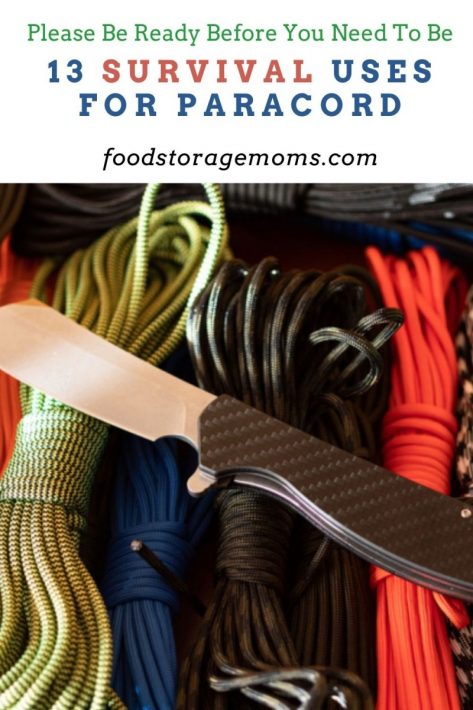
What is Paracord?
There may be some of you wondering what a paracord even is and I’d be more than happy to share the information with you. Paracord is a thin rope that’s made from nylon, having several strands of strings that are intertwined with one another. This helps to create a rope that’s both incredibly strong but still very lightweight at the same time. In fact, its strength-to-weight ratio makes it the top of the line choice as far as rope is concerned, especially among parachuters and survivalists. Keep reading to discover more survival uses for paracord. Paracord
1. Tourniquet
When uncontrollable bleeding takes place miles away from a hospital, you’re going to have to act fast in order to get the situation under control. Rapid blood loss can lead to death in just a matter of minutes. A paracord tourniquet could very well save someone’s life in an emergency situation.
2. Splint
Broken bones are another serious ordeal that could jeopardize you or your family, or at the very least, slow you down when you’re in an emergency situation. Not only does it immobilize you, but broken bones can also lead to exhaustion or dehydration far quicker, and increase someone’s chances of catching hyperthermia in cold environments. Until you’re able to get that person some medical assistance, here’s how to use paracord as a splint in the meantime.
3. Sling
If someone in your party has a broken arm or limb, you’ll need a sling to help stabilize its movement to reduce some of the pain. For this, you’ll need a rigid stick and some paracord to help elevate and stabilize their arm.
4. Stretcher
By learning how to make the right kind of knots that are strongly tied around two long tree limbs, you’ll have a stretcher that can support a person’s entire weight. This is how to make your own paracord stretcher for an easier way to help transport someone that’s injured.
5. Climbing
Rock and rappelling climbers use paracord all the time because even the most basic cord is able to handle up to 550 lbs of weight. You just never know when you’ll be forced into a climbing situation and you’ll be glad that you went with paracord. Ray explained, it’s far better to have an actual climbing rope, something like Sterling 9.8mm Dry Core, or Mammut 9.5mm Crag Dry, or pretty much any climbing rope by Beal. The recommended rating for a climbing rope is 10-15 times the weight of the climber. When I was climbing I never went out with rope rated at less than 2,000 lbs and back then I weighed in at 170 pounds.
6. Shelter
When you’re needing shelter from the rain or just a spot where you can lay your head down to get some rest, paracord is an ideal choice for using in order to tie and secure your shelter in place. Here’s how to create your own DIY emergency shelter.
7. Bow Drill Fire Starter
When you’re left without any supplies to start a fire, all hope is not entirely lost. What you will need is some paracord and a few sturdy sticks to create your firestarter. It’s not that hard to make, but I’m not going to lie to you. This is a difficult way to get a fire started, but it’s still an option when all your other ideas and supplies have run out.
8. Fishing Line
Your supply of food won’t last forever, but if you have a lake or stream nearby that’s filled with fish, and paracord in your pack, you’re in luck. Paracord can also be used as a fishing line to provide you and your family another way to snatch a nourishing meal. You’ll need roughly 10 to 15 feet of cord while using the interior strands to create your fishing line. After you’re through fishing, you’ll need a stringer to keep your fish fresh. Paracord will come to your rescue once more.
9. Belt
Having to survive on smaller rations while getting less sleep than you’re used to, along with the huge amount of stress that can pile up, chances are you’ll begin to lose some serious weight. It will be a lot harder to keep your jeans up if you don’t have a belt around your waist, but if you don’t, paracord will work just fine.
10. Tripwire
Tripwires won’t necessarily stop an intruder, but it will give you and your family a couple of extra seconds to react. Just be sure not to use the entire paracord to create the tripwire. All you need is the inner strands so that it’s less noticeable in the dark. To be more effective, try to set them only a foot above the ground and around your entire campsite.
11. Handcuffs
There’s always the possibility that not everyone will be on your side during a survival situation and you may need a method to defend yourself against that threat. Paracord can also be used as the perfect restraint, whether it’s used as handcuffs or to tie your suspect securely to a nearby tree. These are simple camping knots that everyone should learn to use.
12. Shoelaces
You wouldn’t think that shoelaces are that important when it comes to survival, but what would happen if your only pair of hiking boots had broken laces? You’d probably be better off putting on a pair of flip flops while walking through the woods or through a foot of snow. Being able to walk for miles with the proper footwear is more critical than you may realize. Paracord will be the perfect emergency replacement to hold your feet over.
13. Raft
There may come a point that you will have to forge across a stream or a river to reach your destination and there isn’t a bridge in sight. With a few trash bags filled with air, several large sticks, and some paracord to tie it all together, and you’ll be able to make your very own survival raft.
Final Word
These are just 13 ways that you can use paracord for your survival purposes, but there are actually hundreds of other ways that it could be used. If you want to find out more, check out these 101 different uses of paracord for your survival purposes. What are some survival uses for paracord that you’d like to share? May God Bless this world, Linda.
Copyright Images: Pocket Knife with Colored Ropes Deposit photos_322804342_s-2019

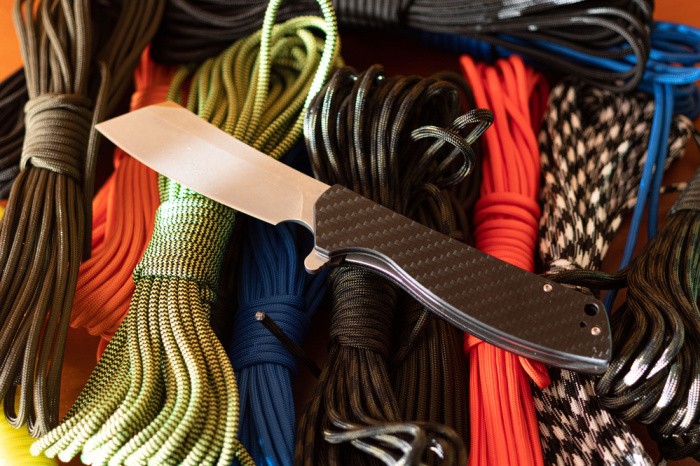

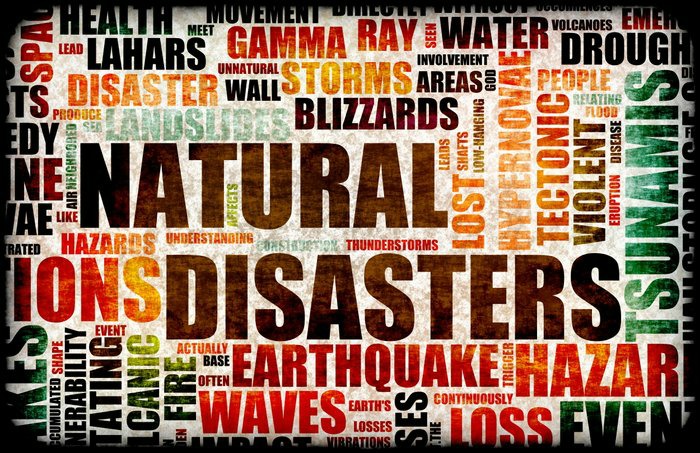

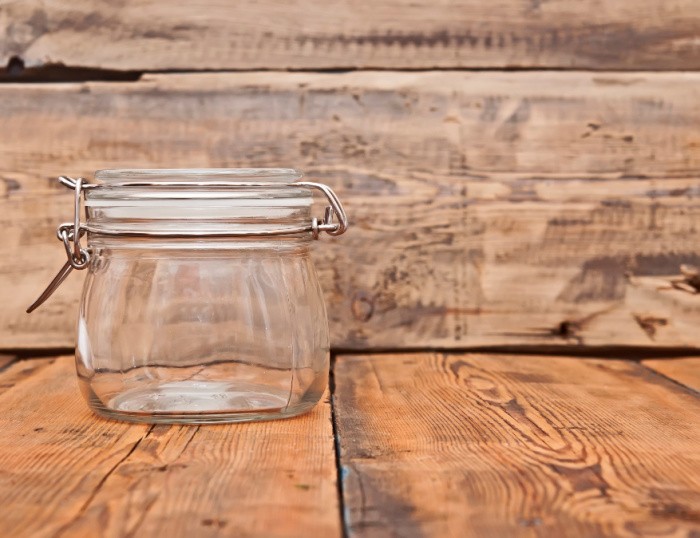
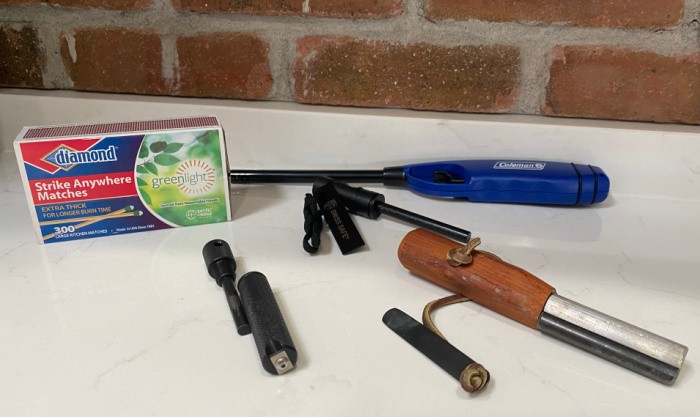















A word on “handcuffs”.
Restrained is not the same as supervised.
Don’t make it a Hollywood dr evil production and allow them to escape. Odds are your search (you did conduct one right?) was lacking due to stress, inexperience or time.
If your gonna do hands then unless you need them mobile do the legs/feet too. Hogtied has merit.
If you do have to move them then you do NOT take them where your people are. Do not allow them to gather intell. They don’t need to use their eyes to see either if they need their hand tied.
Hi Matt, you know I always love your comments, you share your knowledge with all of us. I thank you from the bottom of my heart. I have zip ties as well. I sure hope it never comes to me having to hogtie someone. I would think to myself, where is Matt when I need him!! LOL! Stay safe, Linda
Linda, great post as usual. I have a paracord bracelet. And paracord to make more bracelets or not. I love this stuff. It is so useful.
Hi Deborah, I love seeing paracord bracelets! They make them in so many beautiful colors! Life is so good! Linda
I have a pink one that fits me great. And a black one thats too big.
Hi Deborah, I LOVE it! Linda
I have both paracord and zip ties for their variety of uses.
Something that I believe is beneficial knowledge/skill is learning how to make cordage. I learned and practiced (ongoing) how to make cordage using string by using a medieval technique with a lucet. All you need to do is a Pinterest search on the Lucet and you will find websites on how to make a lucet as well as how to use it. It takes a bit of practice but I was up and running within a half hour or so.
In a SHTF situation, it would also be good to know what fibrous plants can be used to make cordage in the field. Then, search out those plants and practice using them. I certainly don’t want to wait for SHTF to try to learn those skills!
Hi Leanne, I will do a search on the lucet, thanks for the tip! I’m with you any skill we can learn NOW is better than next year! or the year after that. Knowing skills now is critical! Linda
Linda, as one who has done a fair bit of climbing I think anyone who’d use paracord for that purpose is looking to die. In an extreme emergency, and only if you didn’t have anything better, yeah, use paracord and braid it together to make a heftier line. But it’s far better to have actual climbing rope, something like Sterling 9.8mm Dry Core, or Mammut 9.5mm Crag Dry, or pretty much any climbing rope by Beal. The recommended rating for climbing rope is 10-15 times the weight of the climber, so unless a climber weight 55 pounds, better not use paracord. You may only weigh 200 lbs but if you fall you’ll put much more stress than that on your rope. When I was climbing I never went out with rope rated at less than 2,000 lbs and back then I weighed in at 170 pounds.
Hi Ray, I just added your input, it makes sense since you did a fair bit of climbing. Thank you for the information! I LOVE it! Linda
Paracord is great due to its strength, but cordage of any sort is good to store.
Baling twine keeps many parts of the farm functioning–I’ve made doormats, halters, lead shanks, dog collars, belts–let alone holding things together, temporarily or until it breaks again…
The string that sews the tops of feed sacks is another item I save–used for rough sewing, crafts, and I’d bet it would work a treat with the lucet (which I’m going to learn to use!)
I recently saw a device that cuts strips off plastic bottles to make cordage–haven’t tried it yet, but I do have a special tool for cutting narrow lacing off a piece of leather–that might work. Even scissors, although the strips wouldn’t be quite as perfect.
If you see a real bargain on macrame cord, clothesline, or even gimp lacing–buy some. Could come in very handy.
Check out finger-weaving, too–you can make not only some handsome items with it, but also very useful webbing.
Hi Rhonda, wow, I love all these tips. I remember my mom using macrame!! I haven’t heard that word for years!! Great comment! Linda
A great source for Paracord is
Strapworks.com
And they make custom straps!
Thank you for the information.
Hi Laura, thanks for the tip on Strapworks.com!! I love it! Linda
Strapworks looks cool! Another source for paracord and other cool cords and even mask elastic is Atwoodrope.com
Their products are all made in the USA! Many colors including glow-in-the-dark cords. My current fav is their micro cord. It is 100 lb break strength and flexible enough to crochet with. I make little bags to carry items in my day pack and if I needed to, I could unravel them(crochet unravels quickly in one long string) for lashings, shelter making or other uses. Also, if you melt the ends of para type cords in a candle or over a stove it keeps them from unraveling–but the melt is very hot, so be careful!
Hi Jan, oh my gosh, I love this tip. I need to order some from that company. I love hearing about new companies! Thank you, Linda